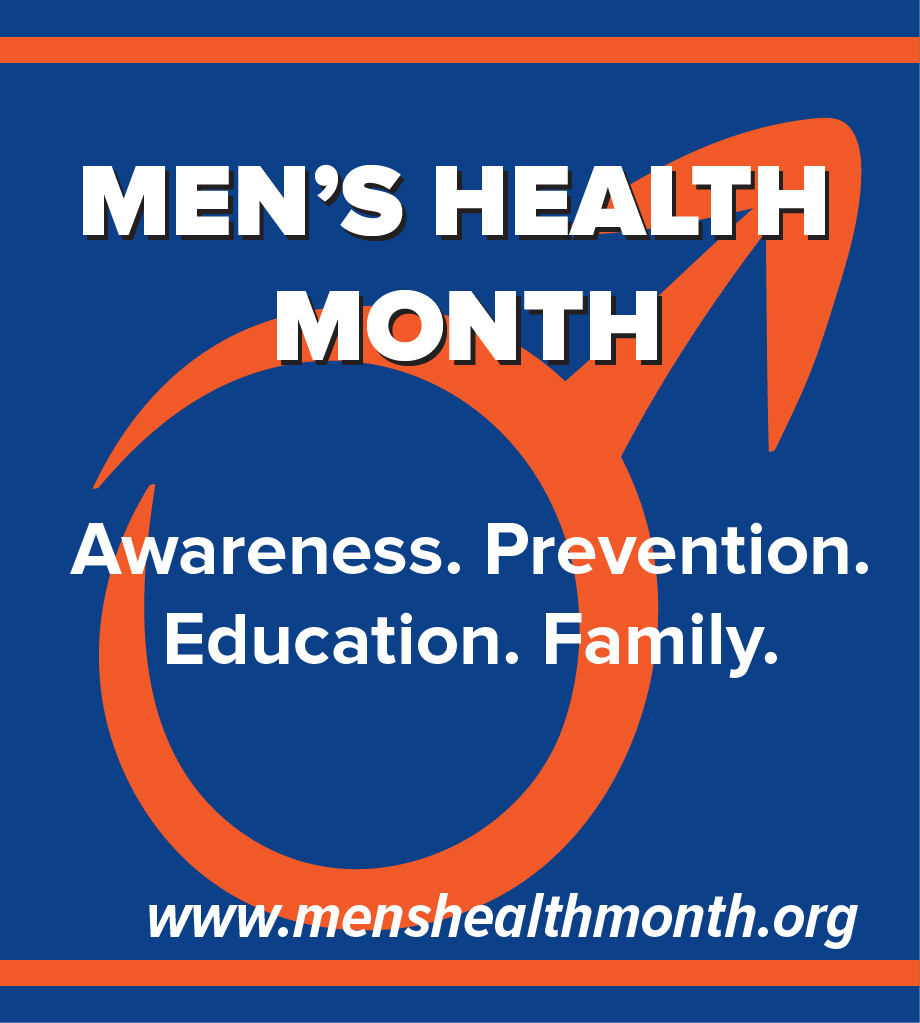June is Men’s Health Month, which makes this the perfect time to highlight the massive public health crisis that too many of us are not aware of: On average, men die five years younger than women, with African American and Native American men having the shortest life expectancy1 and die at higher rates from 9 of the top 10 causes of death.2 Men account for over 90% of workplace fatalities,3 are far less likely than women to have health insurance,4 and are half as likely to see a doctor for preventive care.5 All of this affects their ability to be involved fathers, supportive partners, and engaged community members.
Notably, over 65,000 more men than women have died from COVID-19.6 The global pandemic has, unfortunately, shown not only how devastating ignoring one’s health can be, but that men’s health is a global issue.
An innovative organization that focuses on maintaining a healthy body and mind for its mainly older members is the Men’s Shed Association. The Men’s Shed movement started in Australia and has spread to other countries around the globe, including the USA. David Helmers, Executive Officer of the Australian Men’s Shed Association says the movement hopes “to make a significant impact and lead as an example of effective preventative health measures in a practical, friendly way.” Men’s Shed Association has, “a strong demonstrated record on improving the health and wellbeing of Men through facilitating community engagement and social supports.”
Community and social support may have a positive influence on health.7 Individuals are responsible for their own health, but friends, family, and loved ones have an important role in supporting the men in their lives to take action toward improved health. Darrell Sabbs, a community health advocate in southwest Georgia, emphasized that, “Today we see men come in with more advanced diseases simply because they lost trust in and access to healthcare during the pandemic. What we are doing now is celebrating a return to normal of men and their families taking on a deeper concern for their health.” He also noted, “Trusted voices had to be found, and they were found in our communities and churches.”
During this time, health care professionals, private corporations, faith-based and community organizations, and government agencies, plan activities that focus on the health and well-being of boys, men, and their families. These activities take the form of Wear Blue campaigns (www.WearBlueForMen.com), informational articles in corporate newsletters, lunch-n-learns, conferences, bulletin board displays, videos, community health fairs, and more. Many take advantage of the posters and logos available for download on the Men’s Health Month (www.MensHealthMonth.org) web site. A national focus is Wear Blue Friday / Wear Blue Day (https://www.WearBlueDay.com), celebrated yearly as the Friday before Father’s Day, which is June 17 this year.
A key part of the continued momentum is the annual event and social media campaign, including:
- #ShowUsYourBlue campaign: People all over the world take pictures of themselves and others wearing blue any day of the week to increase awareness for men’s health and posting the photos on social media with the #ShowUsYourBlue hashtag
- June 17 is Wear Blue Friday/Wear Blue Day, the #ShowUsYourBlue social media storm where individuals are encouraged to take selfies of themselves wearing blue during the day and post to social media using the hashtag
Notes
- https://www.cdc.gov/nchs/data/vsrr/VSRR10-508.pdf
- https://www.worldlifeexpectancy.com/usa-cause-of-death-by-age-and-gender
- https://www.statista.com/statistics/187127/number-of-occupational-injury-deaths-in-the-us-by-gender-since-2003/#:~:text=Number%20of%20U.S.%20occupational%20injury%20deaths%202003%2D2020%2C%20by%20gender&text=In%20the%20United%20States%2C%20there,to%20387%20deaths%20among%20women.
- https://ph.ucla.edu/news/press-release/2019/dec/new-study-shows-gender-differences-health-insurance-and-access-among
- https://ftp.cdc.gov/pub/Health_Statistics/NCHS/NHIS/SHS/2014_SHS_Table_A-18.pdf
- https://www.brookings.edu/blog/up-front/2021/10/19/at-least-65000-more-men-than-women-have-died-from-covid-19-in-the-us/#:~:text=The%20overall%20death%20rate%20for%20men%20is%201.6%20times%20the,gender%20gap%20has%20narrowed%20slightly
- https://www.ncbi.nlm.nih.gov/pmc/articles/PMC2729718/




